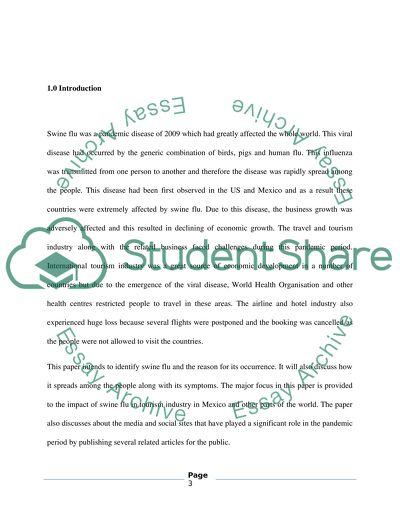Cite this document
(“Tourism and the Media Essay Example | Topics and Well Written Essays - 3250 words”, n.d.)
Retrieved from https://studentshare.org/environmental-studies/1417133-tourism-and-the-media
Retrieved from https://studentshare.org/environmental-studies/1417133-tourism-and-the-media
(Tourism and the Media Essay Example | Topics and Well Written Essays - 3250 Words)
https://studentshare.org/environmental-studies/1417133-tourism-and-the-media.
https://studentshare.org/environmental-studies/1417133-tourism-and-the-media.
“Tourism and the Media Essay Example | Topics and Well Written Essays - 3250 Words”, n.d. https://studentshare.org/environmental-studies/1417133-tourism-and-the-media.


